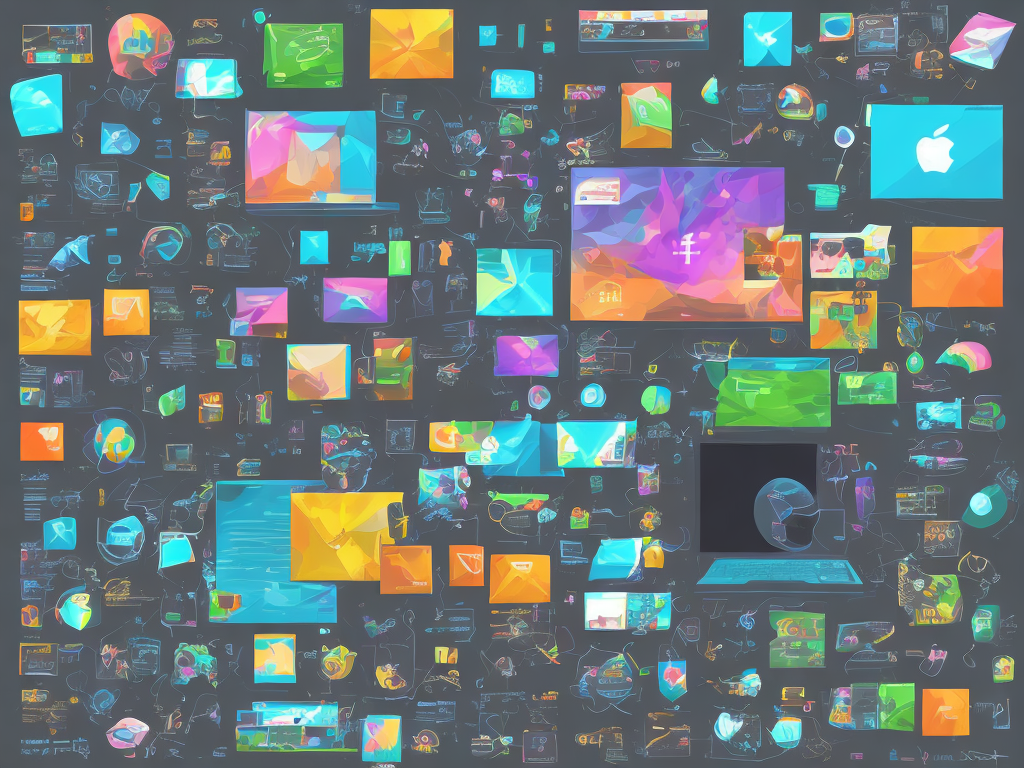
HTML, which stands for Hyper Text Markup Language, is a markup language that is used for creating web pages. HTML has been around for over 20 years, and it has been constantly evolving to meet the changing needs of the web.
HTML5, on the other hand, is the latest version of HTML, and it is designed to be more dynamic and interactive than its predecessors. In this article, we will explain the difference between HTML and HTML5.
Structure and Syntax
One of the most significant differences between HTML and HTML5 is in their structure and syntax.
HTML follows a strict syntax, which means that every element must be closed properly, and there are rules for how elements can be combined. HTML5, on the other hand, is more flexible with its syntax, allowing developers to use a variety of tag combinations to create their web pages.
HTML5 also offers new semantic elements that are designed to better describe the content on a web page. These semantic elements include header, footer, section, article, nav, and aside. By using these elements, developers can create web pages that are more accessible and easier to understand.
Media Support
Another area where HTML5 differs from HTML is in its support for media. HTML is not designed to handle media natively, and it requires additional plugins or third-party tools to support audio and video content.
HTML5, on the other hand, has built-in support for audio and video elements. This means that developers can include audio and video content on a web page without the need for additional plugins or software.
Compatibility
HTML5 is designed to be backward compatible with HTML, which means that developers can use HTML5 features alongside existing HTML code. This backward compatibility makes it easier for developers to transition to HTML5 without having to completely re-tool their web pages.
However, older web browsers may not support HTML5, which can lead to rendering issues. To address this, developers can use JavaScript libraries or other technologies to provide fallback support for older browsers.
Conclusion
In conclusion, HTML5 is a significant improvement over HTML in terms of its flexibility, media support, and semantic elements. By providing a more dynamic and interactive web experience, HTML5 is poised to revolutionize the way we interact with the web.
However, it is important for developers to understand the differences between HTML and HTML5, as well as the potential compatibility issues that may arise. With the right tools and knowledge, developers can take advantage of the benefits of HTML5 and create web pages that are both functional and engaging.
 Self-Instruct
Self-Instruct